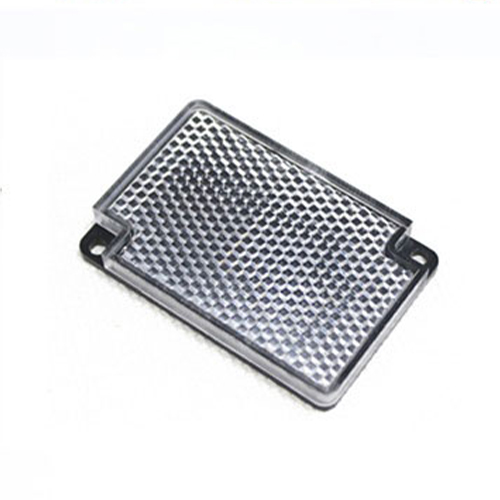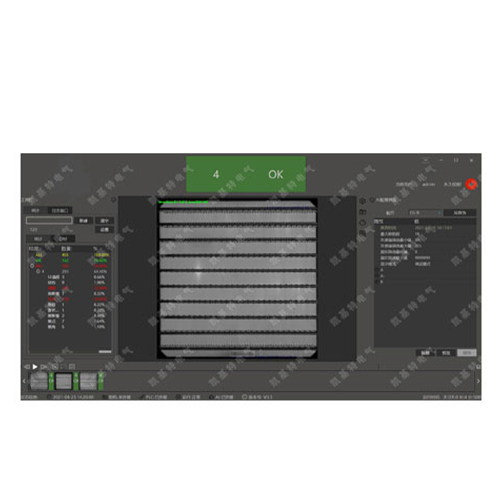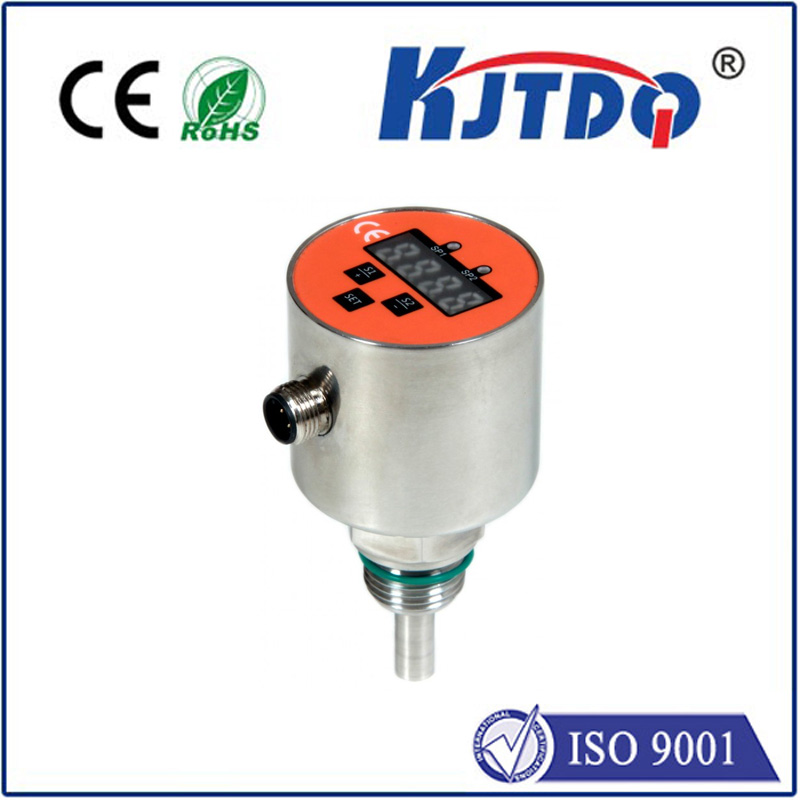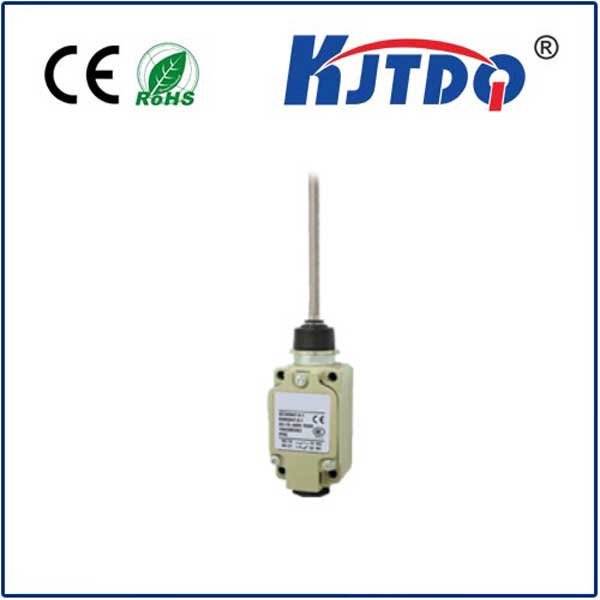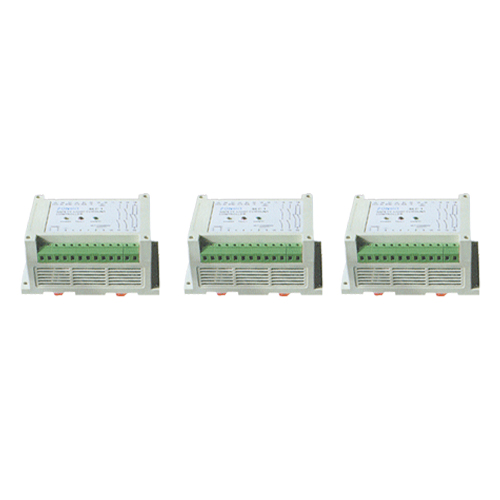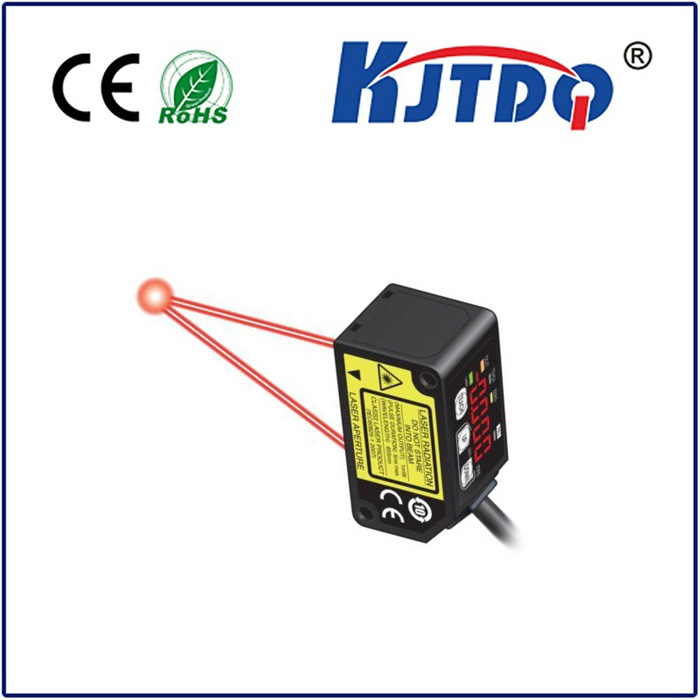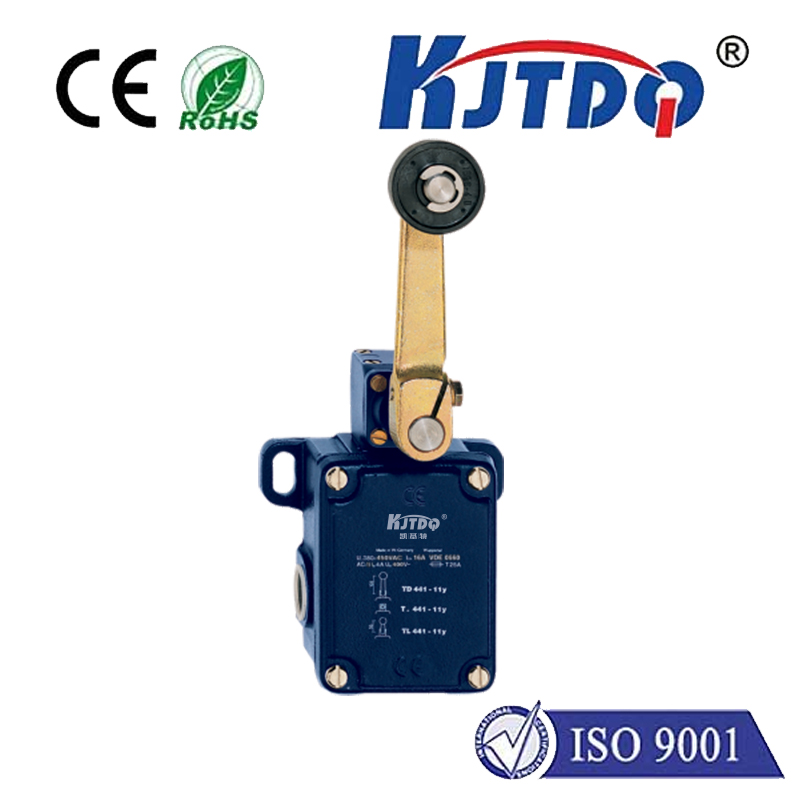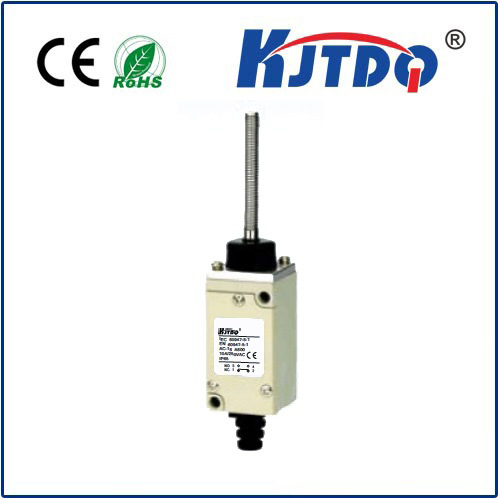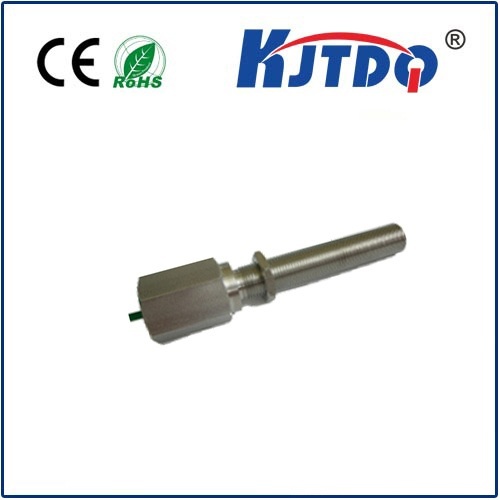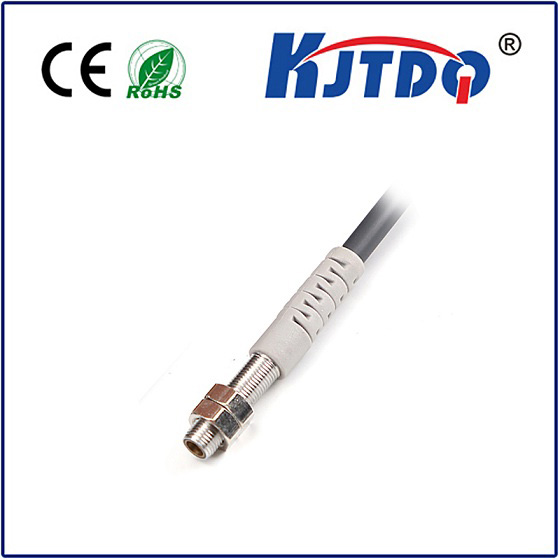

check

check

check

check
Radar Movement Sensor: Enhancing Safety and Efficiency in Modern Technology
In today’s rapidly evolving technological landscape, the integration of radar movement sensors has become a cornerstone of modern safety systems, smart vehicles, and industrial automation. These sensors are not only vital for detecting movement but also for enabling real-time decision-making, which is crucial in various applications ranging from automotive to aerospace and even in robotics. Understanding the role and benefits of radar movement sensors is essential for anyone involved in technology, engineering, or related fields.
Radar movement sensors work by emitting radio waves and measuring the time it takes for the waves to return after reflecting off a moving object. This time measurement is then converted into distance and speed information, allowing the system to detect and track objects in its vicinity. The precision and reliability of radar sensors make them particularly valuable in environments where visibility is limited, such as in adverse weather conditions or in crowded urban areas.

One of the most significant advantages of radar movement sensors is their ability to detect objects at a distance, even when they are not directly visible. This makes them indispensable in applications where early warning is critical, such as in autonomous vehicles, where the sensor can detect pedestrians or other vehicles approaching from behind. Similarly, in industrial settings, radar sensors are used to monitor the movement of heavy machinery, ensuring safety and efficiency in operations.
The integration of radar movement sensors with other technologies, such as machine learning and IoT, has further expanded their capabilities. These sensors can now analyze data in real-time, enabling predictive maintenance and optimizing operational performance. For instance, in the automotive industry, radar sensors are used in advanced driver assistance systems (ADAS) to provide features like automatic emergency braking, lane keeping assistance, and adaptive cruise control. These features significantly enhance driver safety and reduce the risk of accidents.
Moreover, radar movement sensors are not limited to automotive applications. In aerospace, they are used to monitor aircraft movements and detect obstacles during takeoff and landing. In robotics, these sensors help robots navigate complex environments, making them more adaptable and efficient in real-world scenarios.
Despite their numerous benefits, it is important to recognize the limitations of radar movement sensors. For example, they can be affected by environmental factors such as rain, fog, and snow, which may reduce their accuracy. Additionally, the cost of implementing radar movement sensors can be a consideration for some industries, particularly those with tight budgets.
In conclusion, radar movement sensors play a pivotal role in modern technology, offering a reliable and efficient means of detecting and tracking movement. Their integration with other technologies is paving the way for smarter, safer, and more efficient systems across various industries. As technology continues to advance, the future of radar movement sensors looks promising, with ongoing research aimed at improving their accuracy, reducing costs, and expanding their applications.
